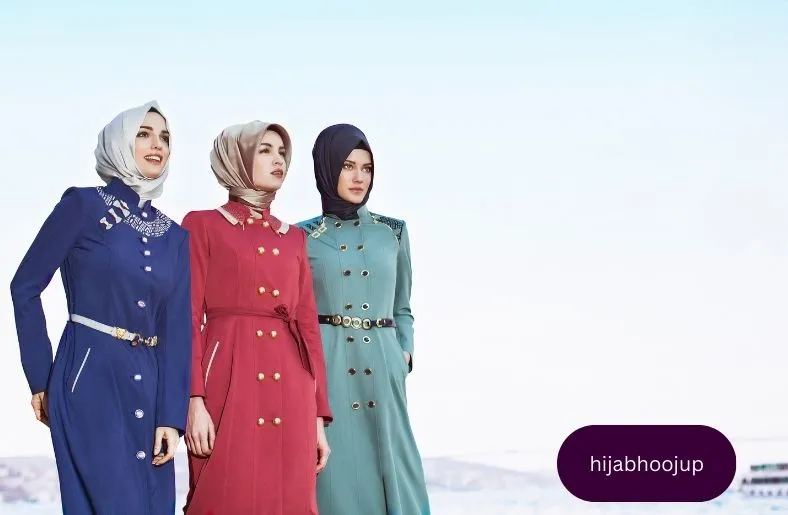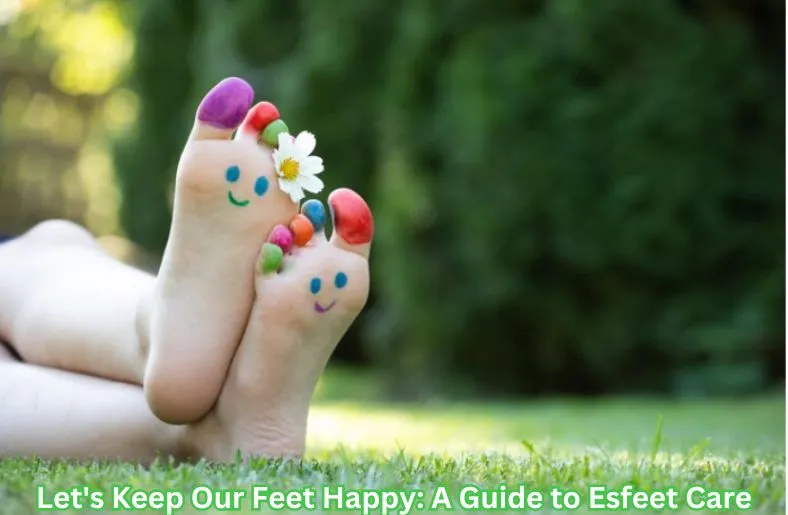Hijabhoojup represents a blend of tradition and modernity, embodying the cultural richness of Islamic modest fashion. This term not only signifies the act of wearing a hijab but also embraces contemporary interpretations that integrate style with religious observance. From its historical roots in Islamic attire to its evolution as a global fashion statement, Hijabhoojup has become synonymous with diversity and empowerment. This article explores its cultural significance, highlighting its role in personal expression and societal acceptance. By understanding Hijabhoojup, we delve into a world where faith meets fashion, fostering a deeper appreciation for its timeless relevance and evolving interpretations.
Historical Evolution
The hijab, originating as a symbol of modesty and privacy in Islamic culture, holds deep historical significance. It began as a simple head covering worn by Muslim women to adhere to religious teachings and cultural norms. Over time, the hijab evolved, adapting to different geographical and cultural contexts, reflecting local styles and traditions. This transition marked a shift towards Hijabhoojup, where traditional attire seamlessly integrates with contemporary fashion trends.
The journey from traditional hijab to Hijabhoojup represents a cultural evolution, blending centuries-old practices with modern aesthetics. This fusion allows Muslim women to express their faith while embracing diverse interpretations of modest fashion. Hijabhoojup’s emergence signifies more than a sartorial choice; it embodies a cultural renaissance, where tradition meets innovation in the global fashion landscape.
Understanding this evolution offers insights into how Hijabhoojup has become a symbol of cultural identity and personal empowerment. It bridges the gap between tradition and modernity, celebrating the rich heritage of Islamic dress while embracing the creativity and individuality of contemporary fashion expression.
Styles and Variations
Traditional Styles of Hijabhoojup:
Rooted in cultural heritage, traditional styles of Hijabhoojup include classic designs like the plain cotton hijab and the traditional square scarf. These styles emphasize simplicity and modesty, reflecting local customs and religious teachings.
Modern Adaptations:
Modern Hijabhoojup embraces contemporary fashion trends, featuring innovative designs such as the wrap-around hijab, the cap-style hijab, and the turban hijab. These adaptations cater to diverse tastes and allow for creative expression while maintaining modesty.
Cultural Influences:
Hijabhoojup varies significantly across regions, influenced by cultural norms, climate conditions, and local fashion preferences. For instance, in the Middle East, the abaya and embellished hijabs are prevalent, whereas in Western countries, minimalist and sporty hijab styles are popular.
Regional Variations:
From Southeast Asia to North Africa, regional variations in Hijabhoojup highlight unique design elements and fabric choices. Each region’s interpretation of Hijabhoojup reflects its cultural diversity and historical significance, showcasing a blend of tradition and modernity.
Innovative Materials:
Contemporary Hijabhoojup incorporates innovative materials like breathable fabrics, lightweight chiffon, and sustainable textiles. These materials not only enhance comfort but also support eco-friendly fashion choices.
Fashion and Cultural Impact
Global Fashion Trends:
Hijabhoojup has significantly influenced global fashion trends, blending traditional modesty with contemporary styles. Its acceptance in mainstream fashion shows a shift towards inclusivity and cultural appreciation.
Media Representation:
Media portrayal of Hijabhoojup ranges from stereotypical depictions to empowering narratives, shaping perceptions of cultural identity and diversity.
Cultural Identity:
Hijabhoojup serves as a cultural symbol, empowering individuals to express religious and cultural identities through fashion choices. Its integration into fashion media fosters understanding and acceptance worldwide.
Fashion Industry Integration:
High-profile designers and brands now incorporate Hijabhoojup into their collections, highlighting its impact on reshaping fashion norms and promoting cultural diversity.
Social Media Influence:
Platforms like Instagram and TikTok amplify Hijabhoojup styles, fostering a global community that celebrates diverse fashion expressions and cultural pride.
Challenges and Misconceptions
Navigating the world of Hijabhoojup is fraught with common misconceptions and legal-social challenges that wearers often confront. Misconceptions range from viewing the hijab as a symbol of oppression rather than empowerment to stereotyping wearers based on cultural or religious affiliations. These misunderstandings underscore the need for education and awareness about the diverse reasons individuals choose to wear Hijabhoojup.
Legally, wearers may face challenges in countries where religious attire clashes with secular norms, leading to debates over freedom of expression versus societal expectations. Socially, wearing Hijabhoojup can sometimes provoke discrimination or bias, affecting personal interactions and professional opportunities. Despite these challenges, many wearers find strength in their faith and cultural identity, using Hijabhoojup as a means of self-expression and solidarity within their communities.
Empowerment and Personal Expression
Hijabhoojup serves as a powerful tool for women, empowering them to express their individuality while honoring cultural and religious traditions. By wearing Hijabhoojup, women assert their identity and challenge stereotypes, promoting a message of strength and self-determination. This modest Islamic fashion choice fosters a sense of community and solidarity among wearers, who find empowerment in their shared experiences of navigating societal expectations and personal beliefs.
Personal stories from Hijabhoojup wearers illustrate diverse journeys of empowerment and self-expression. These narratives showcase how wearing Hijabhoojup is not merely about adhering to religious guidelines but also about embracing personal values and asserting one’s identity in a globalized world. By sharing their experiences, wearers inspire others to embrace diversity and celebrate cultural heritage through fashion choices that resonate with personal meaning and empowerment.
Technological and Fashion Innovations
Recent advancements in fabric technology have revolutionized the landscape of Hijabhoojup fashion, integrating sustainability with aesthetic appeal. Innovations such as breathable, lightweight fabrics not only enhance comfort but also align with eco-friendly practices, reflecting a growing trend towards conscious consumerism. These technological strides ensure that Hijabhoojup garments are not only fashionable but also environmentally responsible.
Conclusion
In conclusion, Hijabhoojup stands as a testament to the fusion of tradition and modernity in Islamic fashion. Its cultural resonance, social impact, and evolving fashion trends highlight its pivotal role in shaping contemporary expressions of modesty and identity. As Hijabhoojup continues to evolve, it serves as a symbol of empowerment and inclusivity, navigating complex intersections of faith, style, and global influence.





